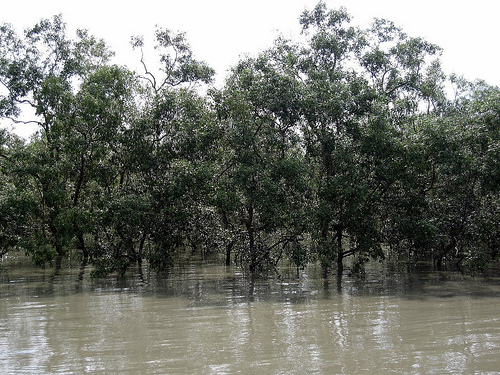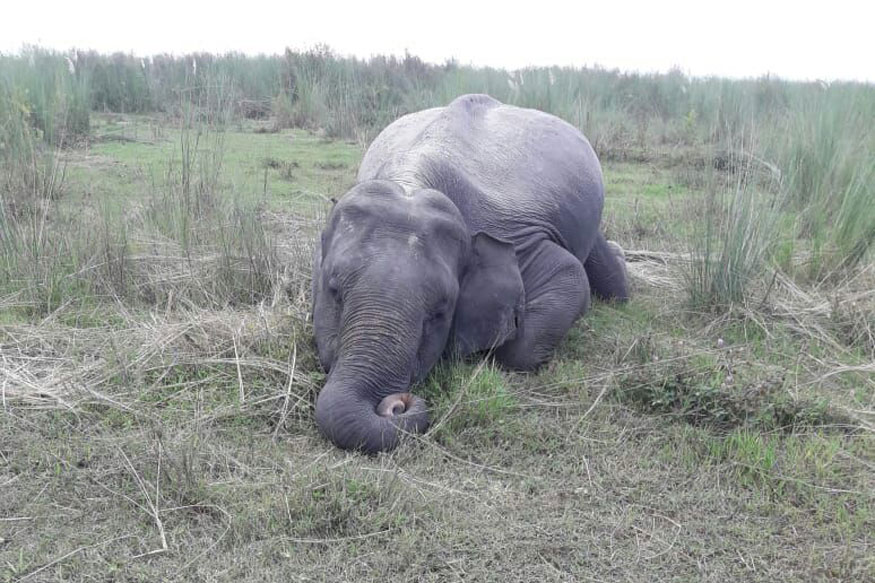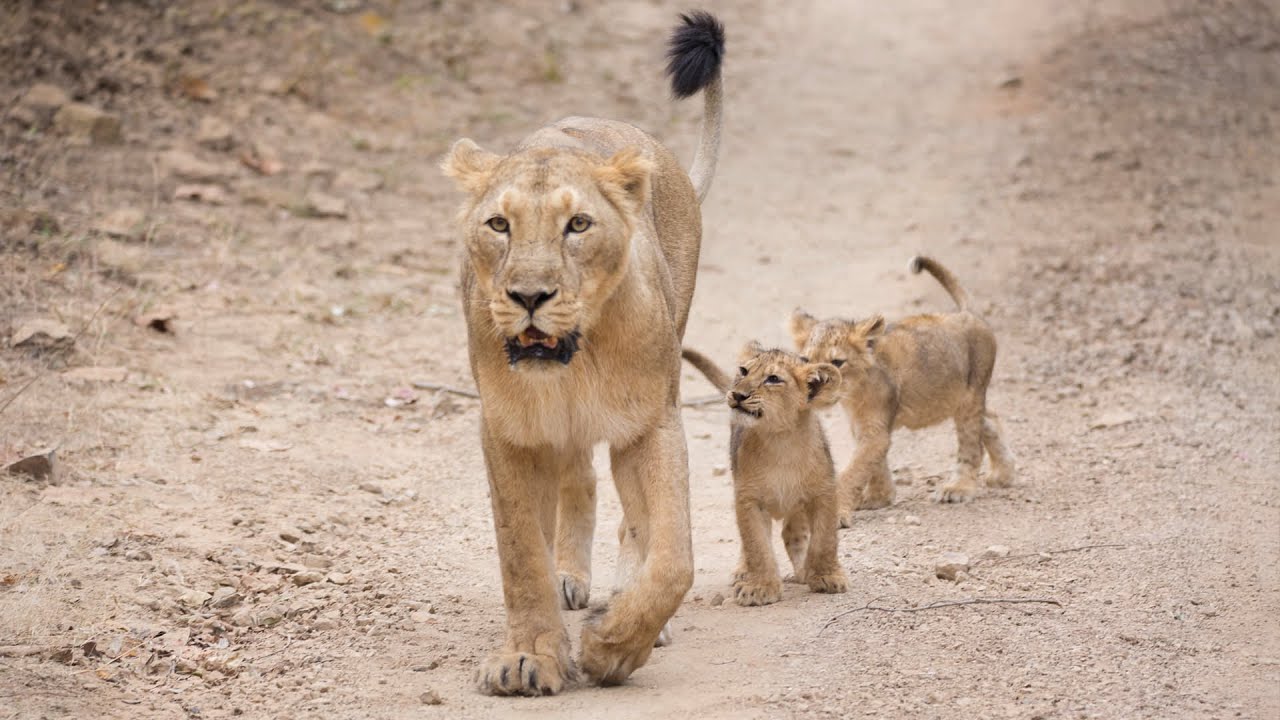Regions in the eastern part of Sundarbans – world’s largest mangrove forest and key tiger habitat, are under threat of going underwater as the sea level continues to rise in these parts. A recent study by the World Bank and Institute of Environmental Studies and Wetland Management (IESWM) has suggested immediate measures to ensure the safety of the mangroves.
The upper Bidya and Raimangal regions in the Sundarbans are important tiger habitat, home to local villagers as well as areas that are popular tourist destinations. Upper Bidya region is hardly a 15-minute cruise from Godkhali and known for the fishing communities of Gosaba village. The Raimangal region – a 7-hour boat ride from Sonakhali – is one of the favourite tourist haunts for spotting a tiger.
Threat from the Sea
The study conducted by World Bank consultant John Pethick, IESWM senior scientist Somenath Bhattacharya and senior geologist Kakoli Sen Sharma has revealed that sea level rise in these areas is 3 mm annually and the sedimentation is not keeping pace with this rise. If the deposition of sediments does not happen at the same pace as the rising sea level, the sea water may soon spread to parts of former land, leading to loss of mangrove forests and crucial human living areas.
The researchers have suggested to de-populate parts of some islands along the fringe areas. This will allow the existing embankments to be moved back and allow a wider tidel channel to develop. When this happens, gradually the deposit of sediments will increase and the land rise will be at the same pace as the sea rise.
The researchers have warned that the rivers on upper Bidya and Raimangal – Pathankhali and Jhila – should have been at least 340 and 420 metres wider respectively to withstand the impact of sea level rise. As they are not this wide at present there is imminent threat to the life of villagers and the Royal Bengal Tiger residing in the region because the rivers will not be able to withstand the impact of sea level rise and may flood the entire area.
A recent survey found 57 tigers living in the forested areas of eastern Sunderbans, namely the jungles of Jhila, Arbesi and Khatuajhuri.
According to Bhattacharya, who conducted the research with his colleagues between 2009 and 2012, the reason for this growing threat from the sea is unplanned aquaculture. He says aquaculture has gobbled up more than 550 square kilometres area on the Sunderbans in the last 30 years. Also, because these involve low intensity management techniques, more sea water has entered the creeks that was required causing them to erode much faster.
Now, to save the entire land from being gobbled up by the sea, the rivers need to be widened.
“We need to widen these rivers by at least 300 metres on both sides to accommodate this huge flow of sea water. And for this, there will be loss of both agricultural land and settlements,” warned Bhattacharya.
However Tushar Kanjilal a veteran says that the sea level has reduced in the last few years, as observed by fishermen and honey collectors of the area. They say that the tidal flow has fallen.
“This is what the fishermen and honey collectors who venture into the forests have told me. This is alarming as it will lead to loss in the mangroves cover, considered to be a lifeline for both humans and wildlife on this delta,” he added.
Western Sunderbans well shielded
The study found that the western parts of the mangroves, comprising forests of Chulkathi and Dhulibhashani, will thrive in the days ahead. Sen Sharma said rivers like Banstala and Ghughudanga on the Saptamukhi estuarine system here are not only developing extensive mangroves, they are also capable of accommodating a future sea-level rise of over 1 metre without any impact on the embankment integrity.
Sen Sharma adds that like the popular dyke model of the Netherlands, here too dykes or flap sluices have been made by the inhabitants to regulate the water levels. Also the populated areas of Patharpratima and Bakkhali are almost free of aquaculture, giving them much more chances of surviving well even if the sea levels rise.
Warning
At present, 3.5 million people live within 20kms of the mangroves’ northern and eastern boundaries and more than 50 tigers are found in the region. Proper modelling and management can prevent a huge catastrophe from drowning the lives of this entire population.
More Related Stories,
How Mumbai Mangroves Save the City Everyday
Fisherwomen in Odisha to the Rescue of Olive Ridley Turtles
Invasive Species Eating Away Forest Cover of Andaman Islands
Image via cc/Flickr by Joydip Roy, rapidtravelchai, Frances Voon









2 thoughts on “Sea Rising in East Sundarbans – Growing threat to Tigers.”